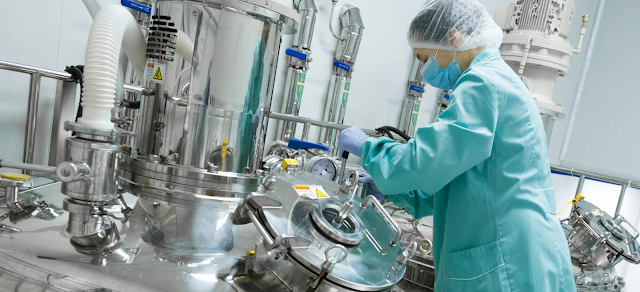Without clean, sanitary equipment, it’s hard to imagine the level of care that can go into a patient’s treatment. Various terms and methods are used across different stages of the supply chain to keep things as clean as possible.
By Lizzie Weakley
While different industries may have different processes, they all share similar traits. They also follow some basic principles that can help you understand how they work. We’ll look at how these supply chain concepts work for the medical industry, starting with the basics and working our way up to the more complex methods used today.
Supply Chain Hygiene
Supply chain hygiene is the management and control of risks that arise between the point of production and the point of consumption. It is an important concept in the manufacturing, distribution, and retail sectors. To ensure a product continues to be safe to use and consume, each step of the manufacturing process is subject to rigorous controls.
Inspection and Transportation
The first step in supply chain hygiene is inspection. It is the process of verifying the quality of each product at its source. Inspectors ensure that each product is free of defects, such as broken pieces or other flaws. Here, hygiene measures are taken.

Next, transportation is utilized. This is the process of bringing the product from its source to its destination. It’s a critical step because one of the key risks of contamination is cross-contamination. There are special procedures in place to avoid this. The process of loading the products on and off of vehicles can be difficult. Keeping items sterile from one transport to the next requires intentional care.
Trusted Manufacturers
As products are transported throughout the supply chain, they are susceptible to microbial contamination. However, choosing the right manufacturer can make a big difference. For instance, most lateral flow test assembly kitting is done in a sterile environment. It’s important to know where your product is moving through and how the materials are handled.
The best way to limit the risk of contamination is to keep products separate. However, if this is not possible, sticking with a reliable and safe manufacturer is key. Additionally, choosing direct shipping if possible can help.
Supply chain hygiene is important in the manufacturing, distribution, and retail sectors. It’s about managing the risks associated with microbial contamination. Keeping products sterile is essential for not only company responsibility but customer care.
Pharmaceutical Microbiology Resources (http://www.pharmamicroresources.com/)



Thanks for sharing!
ReplyDelete